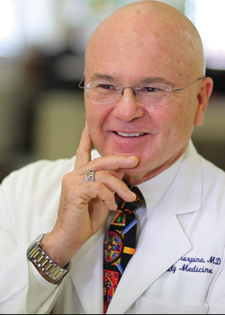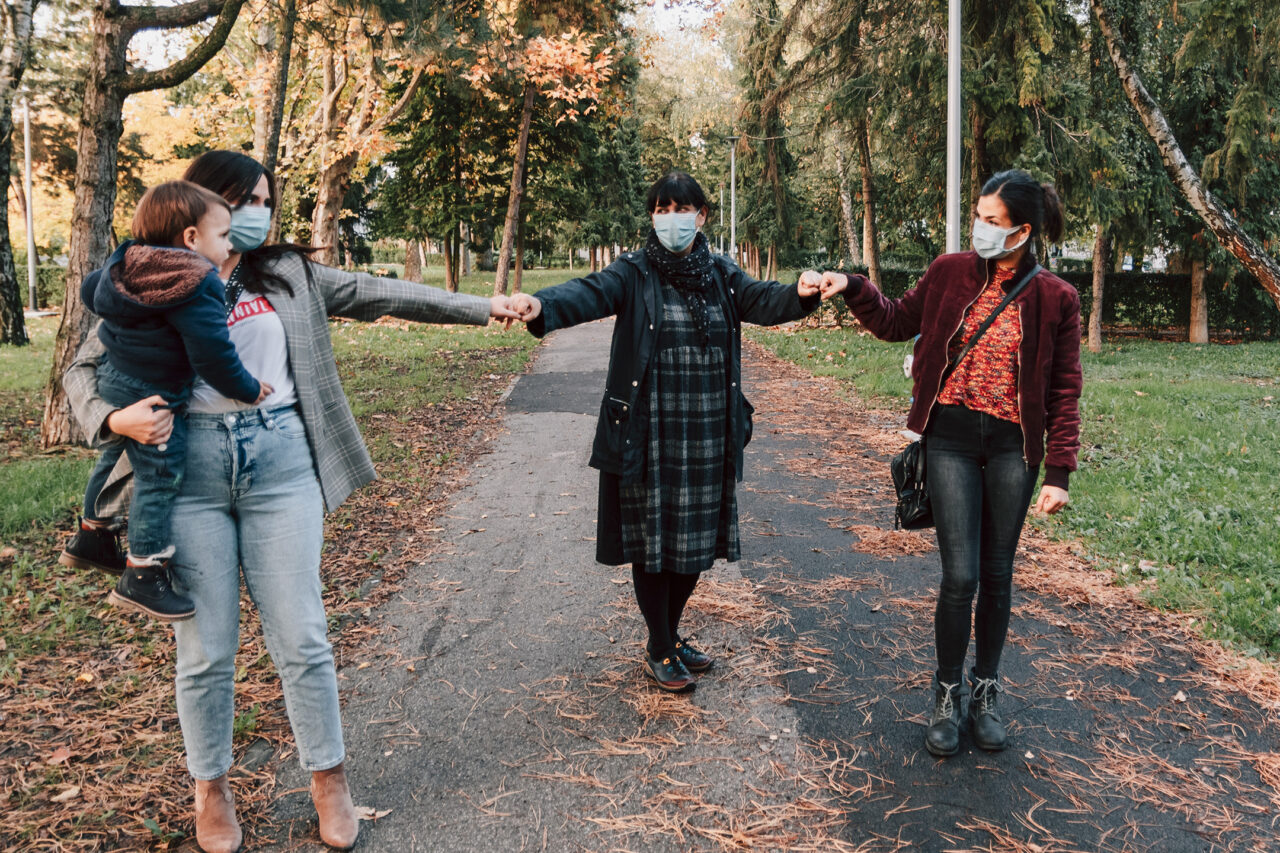 By Victor S. Sierpina, MD
By Victor S. Sierpina, MD
“Do or do not. There is no try.” -Yoda
If there were a pill as good as physical activity, it would be a blockbuster. We have long known the benefits of exercise, as little as 150 minutes a week, on improving risk and outcomes of chronic diseases such as heart disease, diabetes, hypertension, and even cancer.
Now, we can add our new buddy COVID-19 to the list. In a study of nearly 50,000 patients monitored for exercise and movement electronically over 6-month period published in the British Journal of Sports Medicine the key finding was that lack of activity led to much higher risk of severe COVID symptoms. [Physical inactivity is associated with a higher risk for severe COVID-19 outcomes: a study in 48 440 adult patients | British Journal of Sports Medicine (bmj.com)]
The “multiple hit” theory of why who get severe COVID infection includes factors such as diet, inactivity, obesity, chronic inflammation, immune issues, and other co-morbidities.
Key findings were:
- Patients with COVID-19 who were consistently inactive during the 2 years preceding the pandemic were more likely to be hospitalized, admitted to the intensive care unit, and die than patients who were consistently meeting physical activity guidelines.
- Other than advanced age and a history of organ transplant, physical inactivity was the strongest risk factor for severe COVID-19 outcomes.
- Meeting US Physical Activity Guidelines was associated with substantial benefit, but even those doing some physical activity had lower risks for severe COVID-19 outcomes including death than those who were consistently inactive.
- The potential for habitual physical activity to lower COVID-19 illness severity should be promoted by the medical community and public health agencies.
- Pandemic control recommendations should include regular physical activity across all population groups.
Citing the study: “physical inactivity was the strongest risk factor across all outcomes, compared with the commonly cited modifiable risk factors, including smoking, obesity, diabetes, hypertension, cardiovascular disease and cancer. This evidence that physical inactivity is a strong modifiable risk factor for severe COVID-19 contrasts with the limited efforts by US public health authorities to educate the population about the benefits of physical activity [PA} related to adverse COVID-19 outcomes or to systematically promote regular PA during the pandemic. We recommend that public health authorities inform all populations that short of vaccination and following public health safety guidelines such as social distancing and mask use, engaging in regular PA may be the single most important action individuals can take to prevent severe COVID-19 and its complications, including death. This message is especially important given the increased barriers to achieving regular PA during lockdowns and other pandemic restrictions. The results of the present study suggest a clear and actionable guideline for reducing the risk of severe COVID-19 outcomes.”
After many years in medical practice, I fully realize the challenges of behavioral change and getting folks who are inactive to exercise. We must find activities that are Fun, Frequent, Fit into our schedules, and fully sustainable over time.
Even if you think your immune system can handle COVID without the benefit of the vaccine, here’s something you can do that carries no political or other ideological baggage.
If you are against taking the COVID vaccine or you are working with a person, patient, family member, friend, staff, or whoever that is vaccine hesitant, here is a simple and positive option.
Encourage them or yourself to get up, get out, move. Take that first step.
It can prolong or save your life from COVID and many other conditions.


